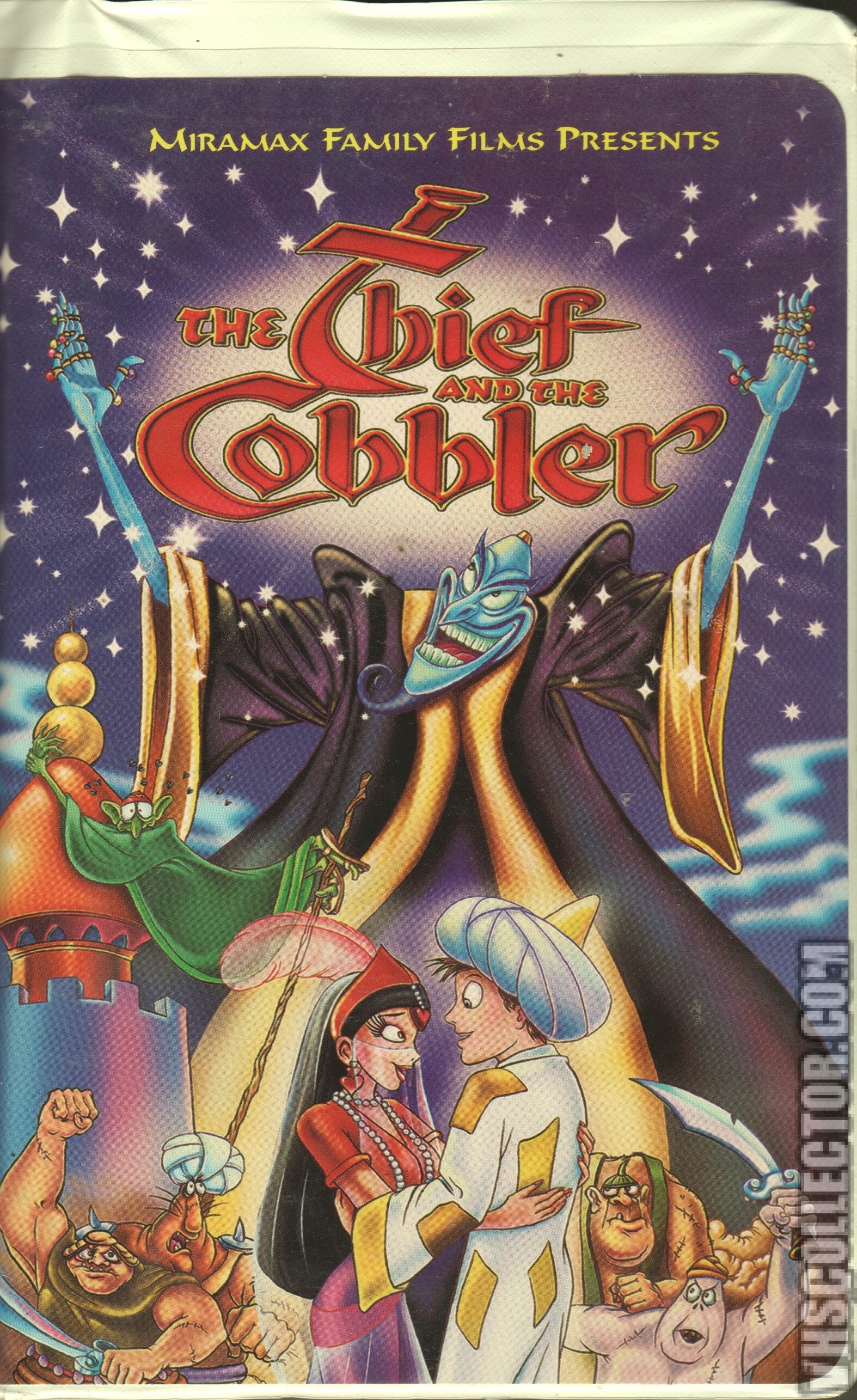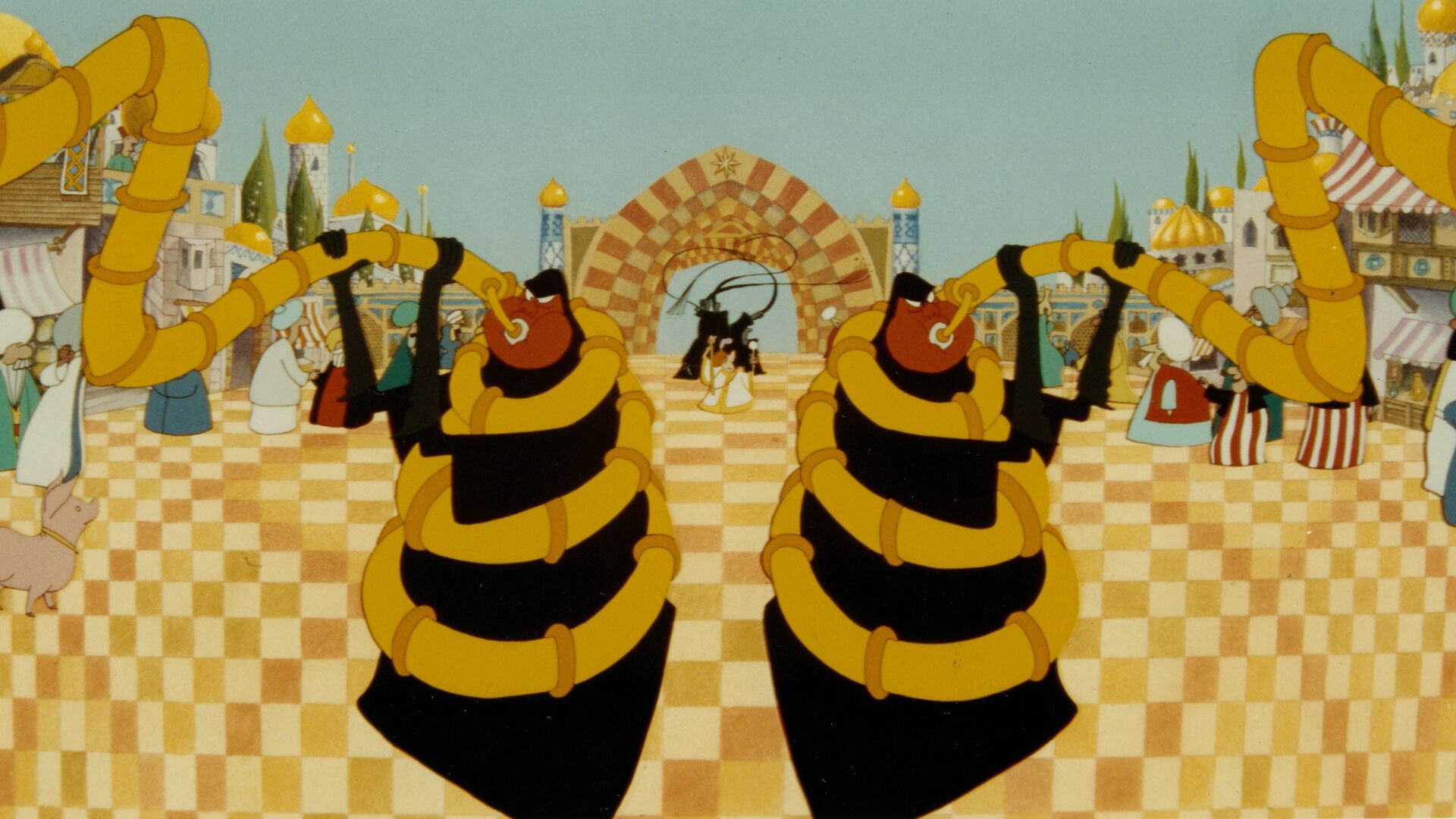


Neither was a financial success nor met with a positive reception. The Princess version was distributed by Majestic Films International and Arabian Knight by Miramax Family Films. Two versions were released: One was issued in Australia and South Africa in 1993 as "The Princess and the Cobbler" and the other in the United States in 1995 as "Arabian Knight" (later released under the film's working original name, The Thief and the Cobbler, on home video). In the process, Calvert completely re-edited the film, removing many of Williams' scenes and adding songs and voiceovers, in order to make it more marketable. pulled out, The Completion Bond Company assumed control of The Thief and the Cobbler and had it finished by producer Fred Calvert without Williams. disliking a rough cut of the film, Disney's Aladdin appearing as competition and Williams failing to complete the film on time. This deal fell through because of Warner Bros. Due to its independent funding and complex animation, The Thief and the Cobbler was in and out of production for over two decades, until Williams, buoyed by his success as animation director on Who Framed Roger Rabbit, signed a deal in 1990 to have Warner Bros. Beginning production in 1964, Williams intended The Thief and the Cobbler to be his masterpiece, and a milestone in the art of animation. The film was conceived by Canadian animator Richard Williams, who worked for nearly three decades on the project. Recobbled Cut artwork by Garrett Gilchrist, based on work by Richard Williams Studio. "The Thief and the Cobbler" is an animated feature film, famous for its superb and unusual animation and its


 0 kommentar(er)
0 kommentar(er)
